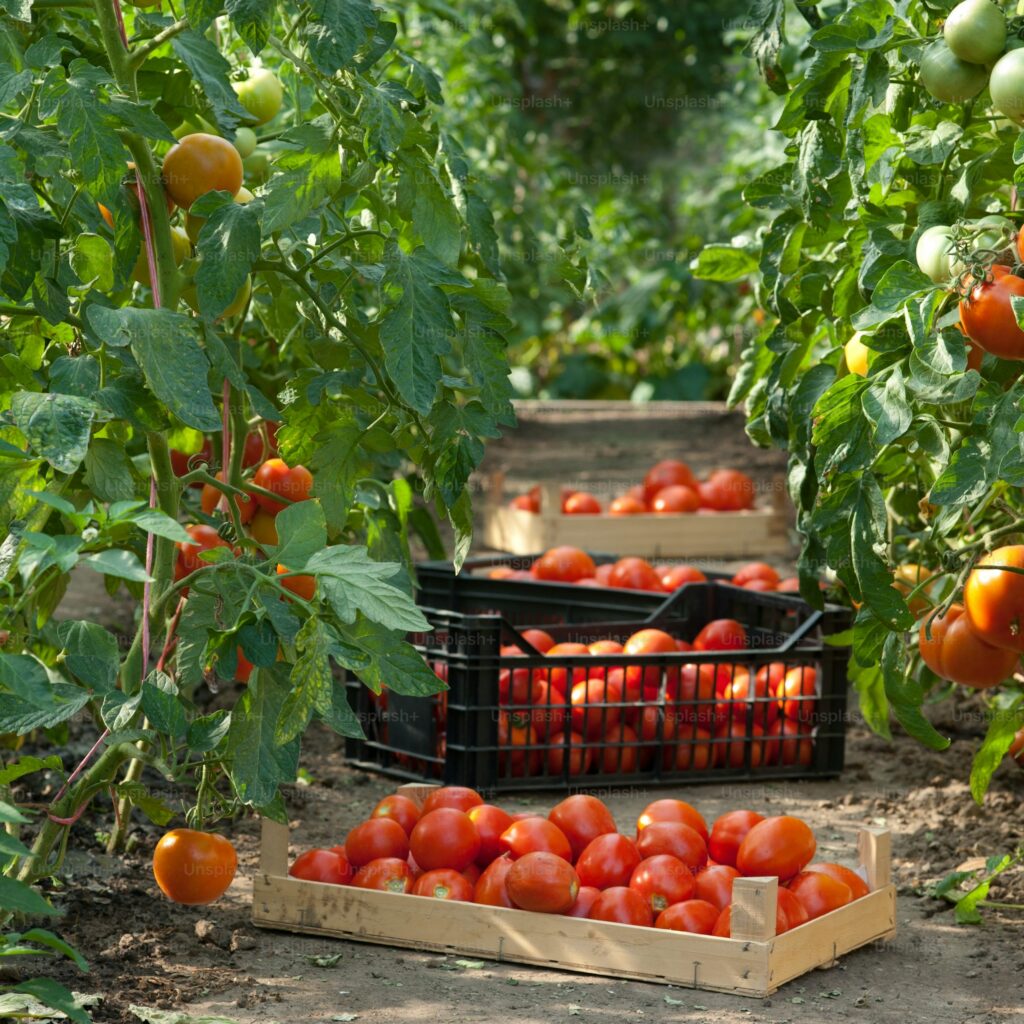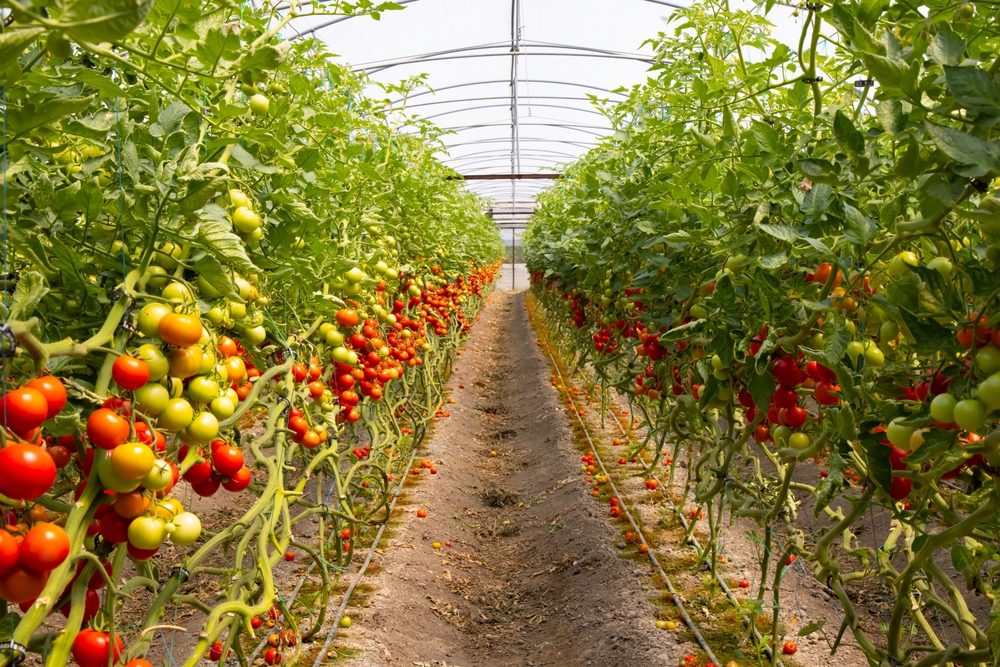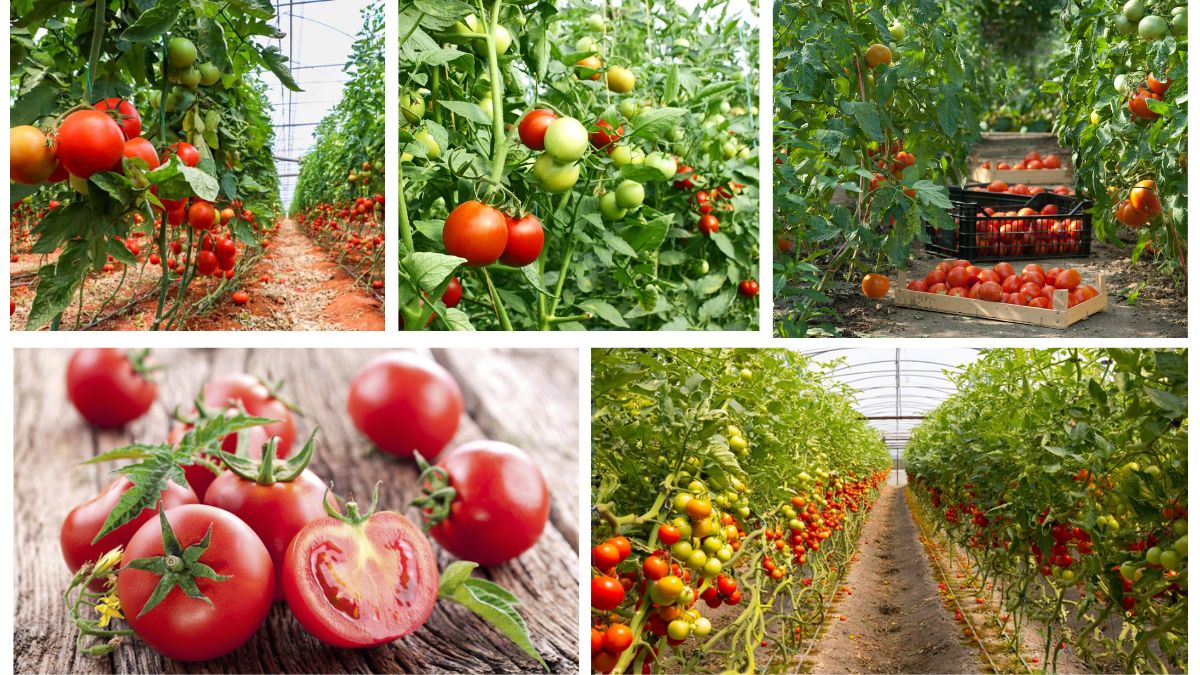Tomatoes are one of the world’s most widely consumed vegetables — although botanically a fruit, they play a starring role in kitchens across every continent. From fresh salads and sandwiches to savory sauces, juices, and even cosmetics, tomatoes are an agricultural staple with immense economic and cultural significance. Behind this bright red produce lies a competitive global market, with several nations striving to lead in production and export. But which country stands at the top as the largest supplier of tomatoes in the world? Let’s dive into the global tomato industry, explore production trends, and find out who holds the crown.
The Global Importance of Tomatoes

Before revealing the world’s top tomato supplier, it’s essential to understand why this crop matters so much on a global scale. Tomatoes are cultivated in over 150 countries, making them one of the most universally grown crops. They are not only a kitchen essential but also a key ingredient in processed food industries — from ketchup and sauces to canned tomatoes and ready-made meals.
Their nutritional value adds to their appeal. Rich in vitamins C, K, and A, tomatoes also contain powerful antioxidants like lycopene, which is believed to reduce the risk of chronic diseases such as heart disease and certain cancers.
According to the Food and Agriculture Organization (FAO), over 190 million metric tons of tomatoes are produced globally each year, reflecting their enormous demand in both fresh and processed forms.
Which Country Is the Largest Tomato Supplier?

China holds the title as the largest tomato supplier in the world. The country dominates both in terms of production and global exports of processed tomato products.
China — The Undisputed Leader
China’s leadership in tomato production and supply is unrivaled, accounting for around 34-35% of the world’s total tomato output. The country produces approximately 64-66 million metric tons of tomatoes annually, far surpassing any other nation.
China’s tomato-growing regions are vast and varied, with Xinjiang province being the heart of its tomato industry. This region alone contributes a significant portion of the national yield due to its favorable climate conditions — long hours of sunlight, low humidity, and abundant water resources, which are ideal for tomato cultivation.
In addition to fresh market tomatoes, China is the largest supplier of processed tomato products, including paste, puree, canned tomatoes, sauces, and ketchup. Chinese tomato paste is exported to over 130 countries, serving food processing industries across Europe, Africa, and Asia.
Key reasons behind China’s dominance:
- Extensive land area dedicated to tomato farming.
- Favorable agricultural policies and government support.
- Advanced processing facilities and export infrastructure.
- A strong focus on the international tomato paste market.
Other Major Tomato Producers

While China leads globally, several other countries play significant roles in the international tomato industry. Let’s take a look at the other top contenders:
India
India ranks as the second-largest tomato producer globally, with an annual output of around 20 million metric tons. Tomato farming is widespread across Indian states such as Andhra Pradesh, Karnataka, Madhya Pradesh, and Maharashtra.
Most of India’s production caters to its domestic market due to the country’s massive population and demand for fresh vegetables. However, India is gradually increasing its presence in the export of fresh tomatoes and tomato-based products to neighboring countries in South Asia and the Middle East.
United States
The United States is another prominent player, producing around 11-12 million metric tons of tomatoes annually. California is the country’s tomato hub, responsible for over 95% of processed tomato production in the U.S. and a substantial percentage of the world’s processed tomatoes.
The U.S. excels in canned tomatoes, sauces, pastes, ketchup, and tomato juice. The American food processing industry is among the most sophisticated globally, with high demand for processed tomato products both domestically and for export.
Turkey
Turkey is a significant tomato supplier, producing about 12 million metric tons of tomatoes every year. The country is a crucial exporter of fresh tomatoes to European nations and nearby regions. Its processed tomato products, particularly tomato paste, have a strong market in the Middle East, North Africa, and Eastern Europe.
Turkey’s tomato industry benefits from its favorable Mediterranean climate, fertile soils, and access to international markets due to its strategic location.
Egypt
Egypt is emerging as a noteworthy tomato producer and exporter, with an annual production of around 7-8 million metric tons. The country’s hot, sunny climate is ideal for growing tomatoes year-round, giving it a competitive edge in both fresh and processed markets.
Egypt primarily exports fresh tomatoes to Gulf countries and Europe, and it’s steadily expanding its processing capacity for tomato paste and canned tomatoes.
Global Tomato Trade and Export Market

When discussing the largest supplier of tomatoes, it’s important to distinguish between fresh tomato exports and processed tomato products. While countries like Mexico, the Netherlands, and Spain lead in fresh tomato exports to markets like the U.S. and Europe, China dominates the processed products sector.
Top Exporters of Fresh Tomatoes
- Mexico: The largest fresh tomato exporter to the United States.
- Netherlands: A major supplier of fresh tomatoes to European countries.
- Spain: Prominent in the European market for fresh and cherry tomatoes.
Top Exporters of Processed Tomato Products
- China: Leads in tomato paste and puree exports globally.
- United States: Second-largest exporter, with a strong processed food industry.
- Italy: Known for high-quality canned tomatoes, passata, and sauces.
Why Is China So Successful in Tomato Exports?

China’s rise as the largest supplier of tomatoes, especially in processed forms, is due to a combination of strategic advantages:
- Scale: Vast agricultural lands dedicated to tomato cultivation.
- Climate: Ideal growing conditions in regions like Xinjiang.
- Processing Capacity: State-of-the-art processing plants equipped to handle large volumes.
- Labor and Production Costs: Relatively lower operational costs compared to other countries.
- Government Support: Subsidies, incentives, and infrastructure improvements that bolster the agricultural and export sectors.
- Global Reach: Aggressive export strategies to Africa, Europe, Southeast Asia, and the Middle East.
These factors make Chinese tomato products highly competitive in international markets, both in price and availability.
Final Thoughts
To answer the question — China is the largest tomato supplier in the world. With a massive annual production exceeding 64 million metric tons, advanced processing facilities, and a strong global export network, China has secured its position as the leader in both fresh and processed tomato markets.
While India, the United States, Turkey, and Egypt are significant contributors to the global tomato industry, none come close to China’s volume or export influence in the processed sector. As global demand for tomatoes continues to grow, China’s dominance is likely to persist, particularly in the tomato paste and puree export markets.
For tomato lovers and culinary enthusiasts alike, it’s fascinating to see how a simple fruit can hold such enormous importance on the global agricultural and economic stage.





